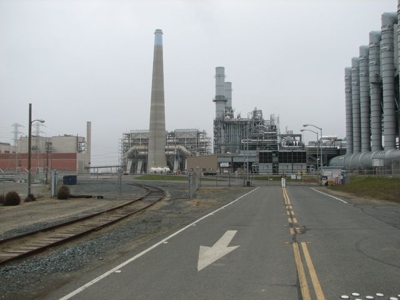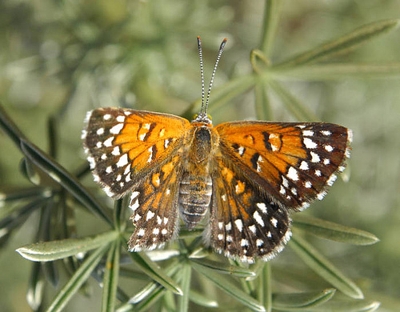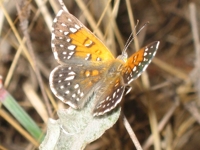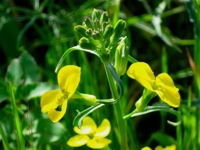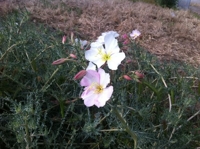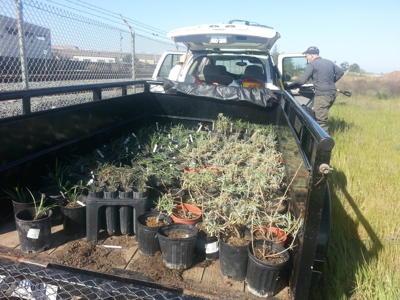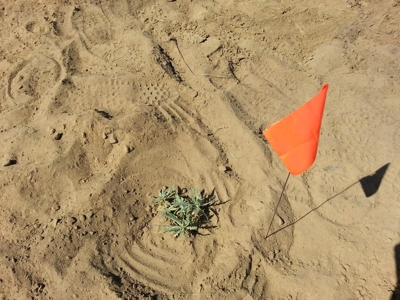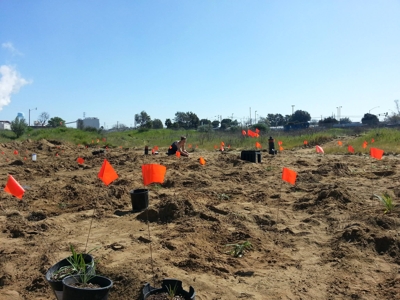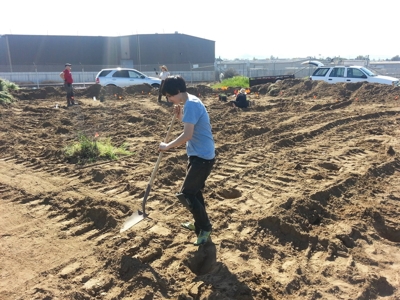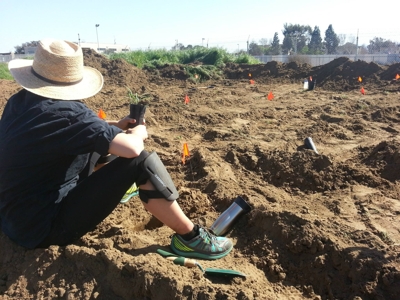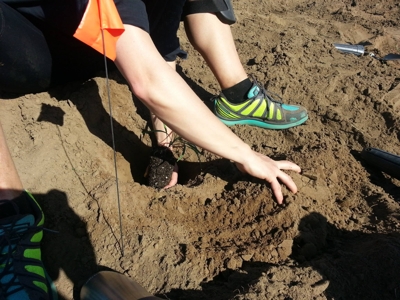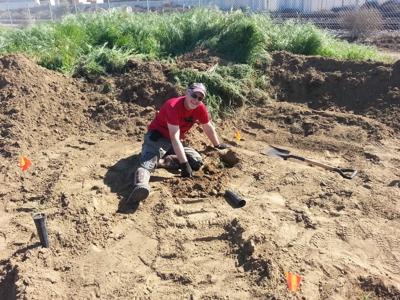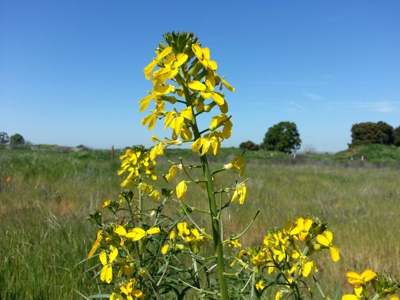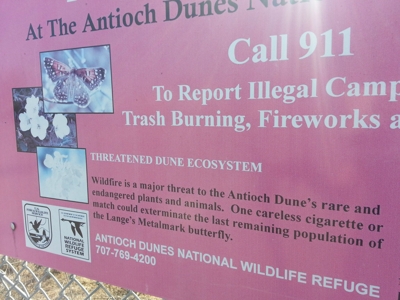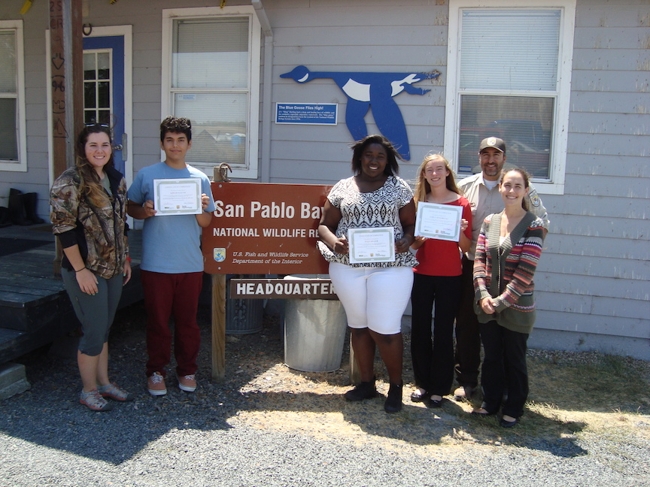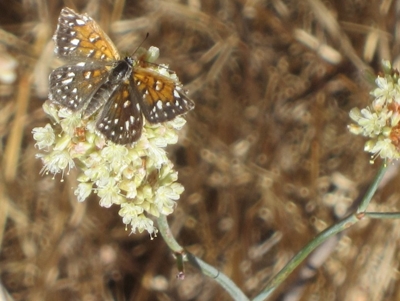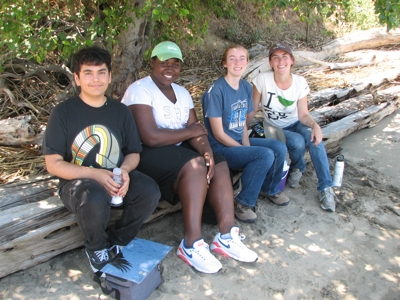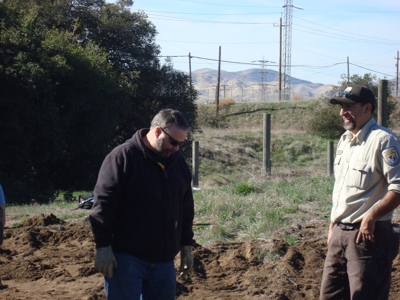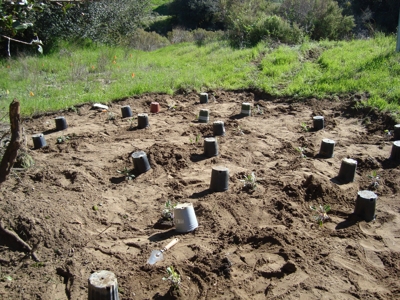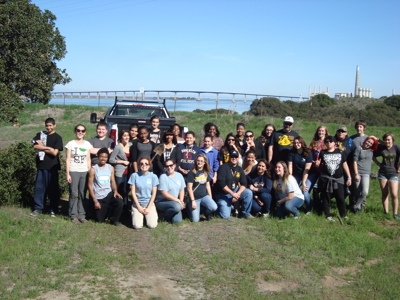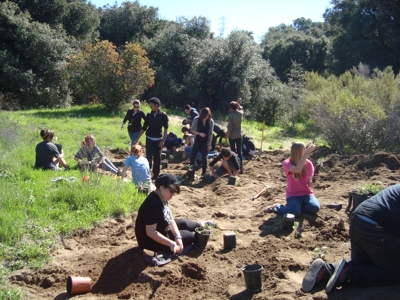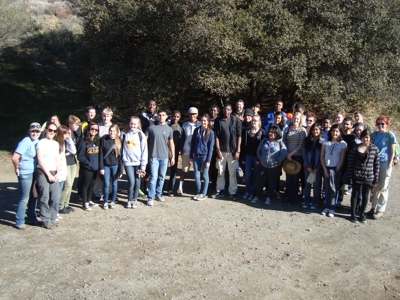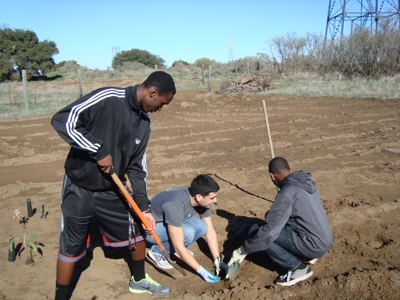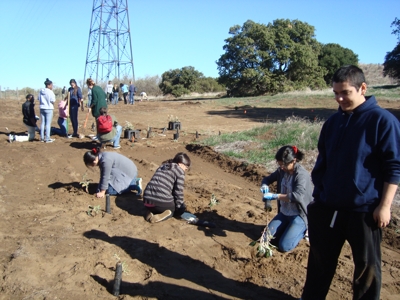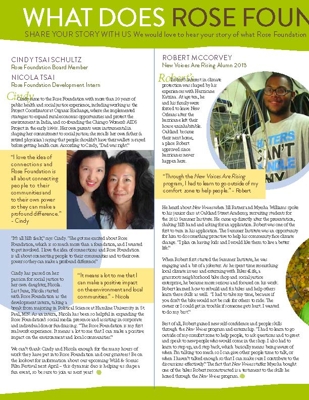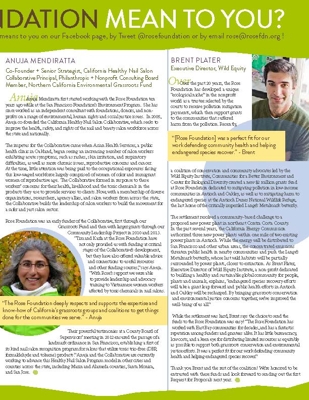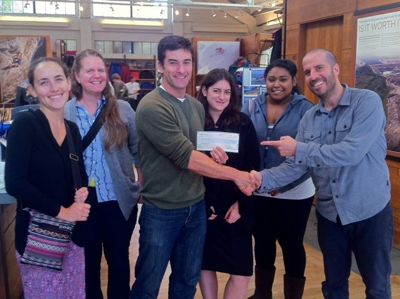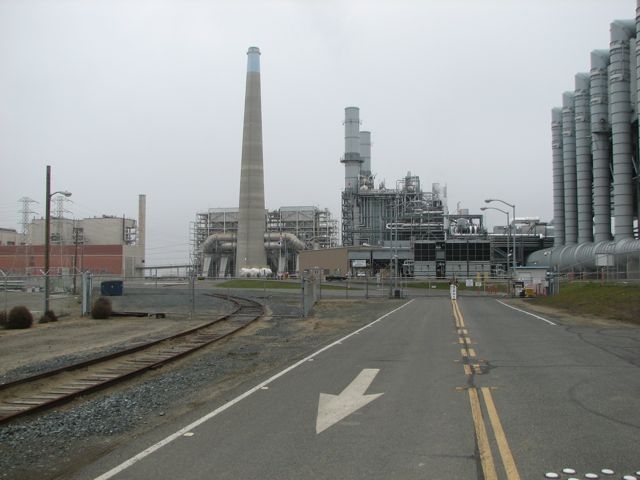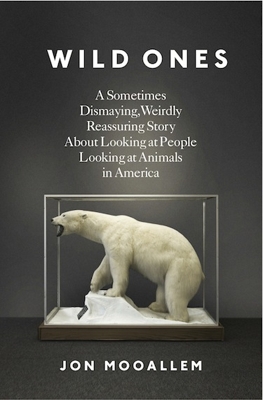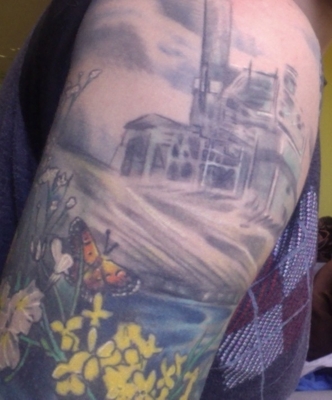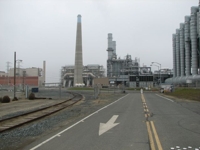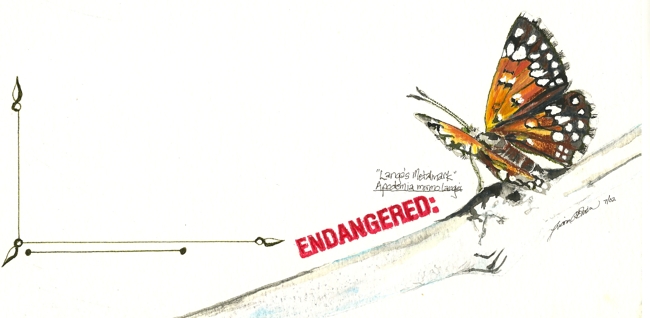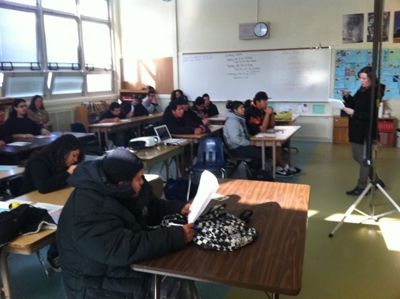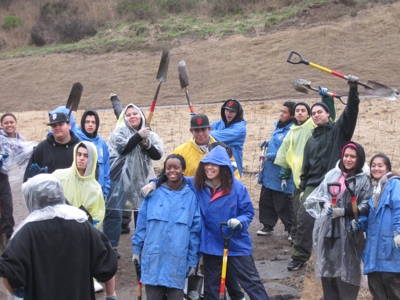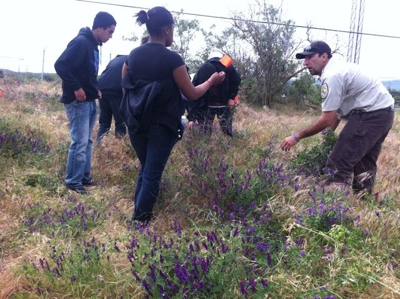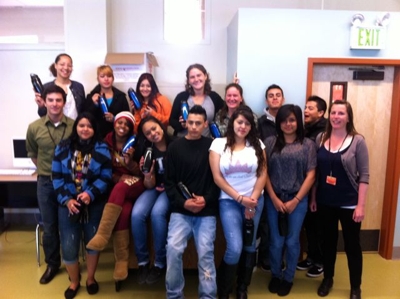December 20, 2011



FOR IMMEDIATE RELEASE
Contacts:
Brent Plater, Wild Equity Institute, (415) 572-6989
Adrienne Bloch, Communities for a Better Environment, (510) 302-0430 x16
Jonathan Evans, Center for Biological Diversity, (415) 436-9682 x318
Lawsuit Launched Challenging Massive Power Plant Expansion in Northern California
Emissions Threaten Public Health, Critically Endangered Butterfly
ANTIOCH, Calif.—The Wild Equity Institute, Communities for a Better Environment, and the Center for Biological Diversity today filed formal notices of intent to sue the California Energy Commission, the Environmental Protection Agency and several power plant owners and operators for authorizing, constructing, and operating four power plants in Antioch and Oakley, California. The power plants’ emissions will pollute nearby communities, worsen the global climate crisis and threaten the survival of the Bay Area’s most critically imperiled butterfly.
“When shortcuts are taken with environmental health, disadvantaged communities and wildlife often suffer the most,” said Brent Plater, executive director of the Wild Equity Institute. “Today’s action will help us create a healthier environment for people and for the plants and animals that accompany us on Earth.”
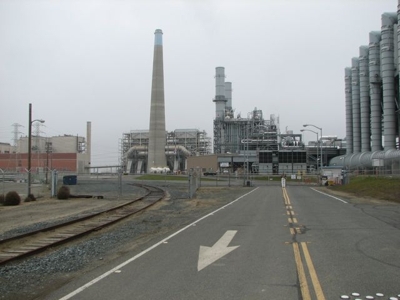
Gateway Generating Station is one of four power plants approved
to operate near the Antioch Dunes National Wildlife Refuge.
In the past several years, the California Energy Commission has authorized three new power plants within one mile of the existing Contra Costa County Power Plant in Antioch, Calif. These approvals would leave Antioch with one of the largest concentrations of power plant emissions in the Bay Area. While the energy will be distributed to San Francisco and other urban areas, the concentrated emissions will threaten public health in nearby communities and push the Lange’s metalmark butterfly, whose last wild habitats will be partially surrounded by power plants, closer than ever to extinction.
“This small area houses a disproportionately large number of power plants, each of which emits greenhouse gases and pollutants that are toxic both to the people who live, work and go to school near the plants, and the surrounding environment,” said Maya Golden-Krasner, an attorney at Communities for a Better Environment.
The groups are challenging these operations under the Clean Air Act and the Endangered Species Act. Under the Clean Air Act, power plants that initiate construction after July 1, 2011 must comply with regulations governing greenhouse gases. But two of the proposed power plants, Marsh Landing and Oakley generating stations, have never complied with these greenhouse gas regulations. The lawsuit will force these power plants to comply with greenhouse gas regulations before they are authorized to operate.
“The Lange’s metalmark butterfly is a Bay Area jewel that’s already perilously close to extinction,” said Jonathan Evans, toxics and endangered species campaign director of the Center for Biological Diversity. “Pollution from these power plants will push the metalmark over the edge, leaving us with the very real possibility that this rare and remarkable butterfly could disappear forever.”
Under the Endangered Species Act, the groups assert that the proposed Marsh Landing and Oakley generating stations—along with the existing Contra Costa County and Gateway generating stations—are emitting pollutants that are reasonably certain to kill the Lange’s metalmark butterfly. Under these circumstances, the power plants must obtain permits before operating, and at least one power plant will be required to consult with expert agencies about their emission levels before the permit can be obtained.
“For too long pollution from power plants has threatened local communities and the butterfly’s very survival,” said Plater. “It’s time for our energy infrastructure to become part of the solution, and the best way to do that is through the Clean Air Act and the Endangered Species Act, our nation’s best defense for people, plants and animals on the brink of extinction.”
Background on the Lange’s metalmark butterfly:
The Lange’s metalmark butterfly is a brightly colored, fragile, and highly endangered butterfly that has been protected by the federal Endangered Species Act since 1976. The species is endemic to the Antioch Dunes in Contra Costa County: a relict desert landscape left behind as California’s prehistoric deserts retreated from the Bay Area 140,000 years ago. Because of the Antioch Dunes’ isolation, many species found in the dunes are unique and very rare.
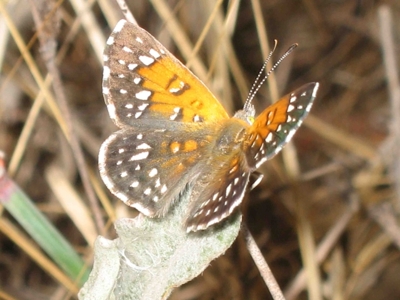
Lange’s Metalmark Butterfly
The sole food plant for the Lange’s caterpillar is the naked-stemmed buckwheat, a native plant adapted to survive in the nutrient-poor soils found in the Antioch Dunes. The butterfly’s population is dependent on this plant but nitrogen emissions from the power plants are changing the chemical composition of the dune soil, and invasive weeds are now so common that they are crowding out the dune’s indigenous flora and fauna. The U.S, Fish and Wildlife Service has already determined that nitrogen emissions from power plants near the dunes are “virtually certain” to cause harm to endangered species.
Visit wildequity.org for more information about our campaign to protect Antioch.
The Wild Equity Institute is building a healthy and sustainable global community for people
and the plants and animals that accompany us on Earth.
https://www.wildequity.org/
###

 donation” in the product description, and again, be sure to designate Wild Equity as your favorite charitable organization.
donation” in the product description, and again, be sure to designate Wild Equity as your favorite charitable organization.




